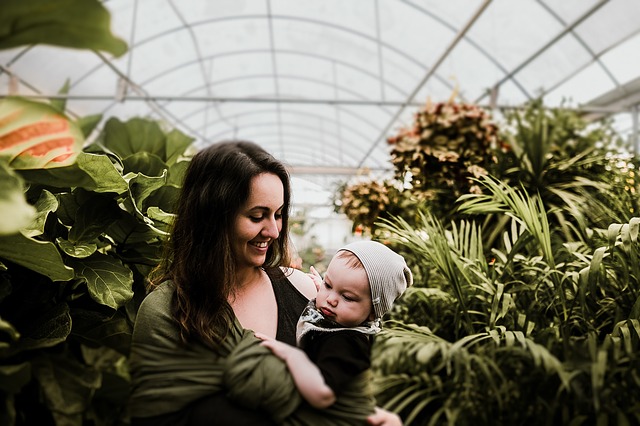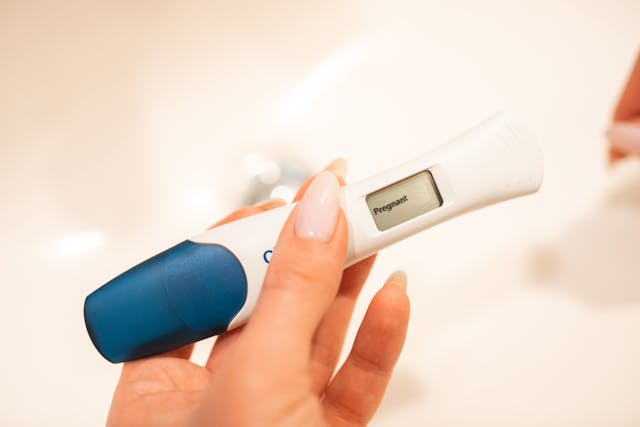There’s a lot of talk in the news media about Attachment Parenting lately, especially with celebrity-turned-PhD Mayim Bialik’s new book, Beyond the Sling, in which she describes her brand of parenting, which does include Attachment Parenting (AP). And there are a lot of questions being asked. As a local Resource Leader for Attachment Parenting International, I’ve been fielding both concern and applause for the various conversations swirling around Mayim and AP. I wanted to give a little clarification.
First of all, what is Attachment Parenting exactly? Technically, it’s a research-backed approach to parenting that promotes securely attached, kids. What’s that mean? “Attachment” is a term to describe the emotional bond between two people. A person with a secure attachment style is able to establish and maintain a healthy emotional bond with other people. A kid who is securely attached to his parent means that the kid and parent share a healthy emotional bond – with all the give and take of an emotionally healthy relationship. People with secure attachment styles are less affected by stress and generally happier in relationships than those with insecure attachment styles.
Research shows that parents who raise children with secure attachment in mind do two things: They provide consistent and loving care, and they respond with sensitivity. This can look different for different people. For parents who are living the natural lifestyle, this often takes the form of natural birth, breastfeeding and baby-led weaning, babywearing, cosleeping, stay-at-home parenting, and gentle discipline. Of course, there are plenty of parents who do these parenting techniques who are not necessarily living a natural lifestyle, but there are also plenty of parents who bottle-feed and crib-sleep and work outside the home who are still raising their children with attachment-promoting strategies.
There are other parenting practices that are often considered part of AP, such as elimination communication, cloth diapering, not vaccinating, and home birthing. This is wonderful options available to parents, but in terms of attachment research, they are not part and parcel with AP – with the consistent and loving care and the responding with the sensitivity that is documented by research to contribute directly to developing those emotionally healthy bonds that we’re striving to do. That’s not to say that parents who choose cloth diapering are not doing something really great for their kids; it’s saying that parents who choose to use disposable diapers can still be doing AP.
And this is awesome news – that anyone can be AP – because the more people raised to be able to have an emotionally healthy relationship, the better our world will be.
- When Your Baby Is Clingy - March 2, 2013
- Crying as Sport? - July 10, 2012
- Attachment Parenting Isn’t Asking Too Much of Parents – Our Society Is - May 26, 2012


